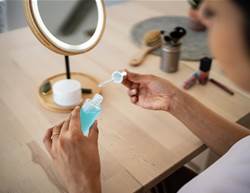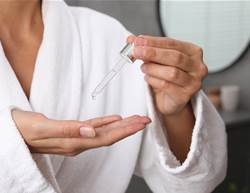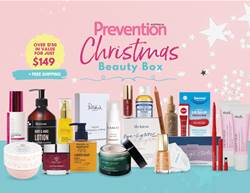When the products of your past are no longer working, it's not that you've lost your touch - you just need a new set of rules to fit your face today. And thanks to new products and technology developed specifically for more mature skin, there's never been a better time for a little tune-up.
Three Prevention readers ask their burning beauty questions and get the ultimate makeup updates below - and you can try them for yourself!
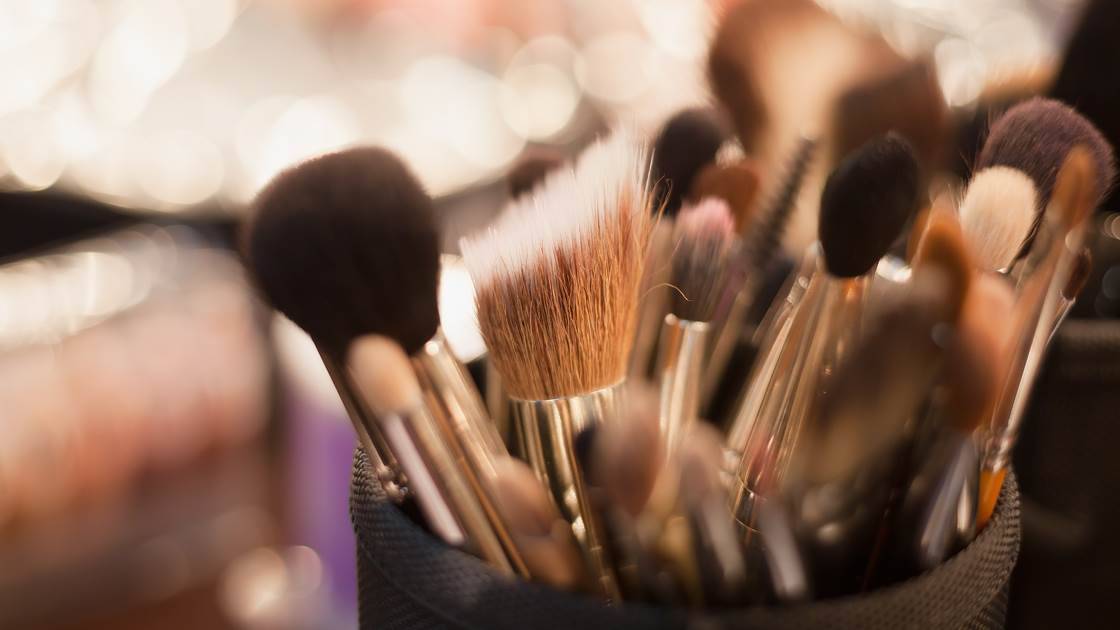
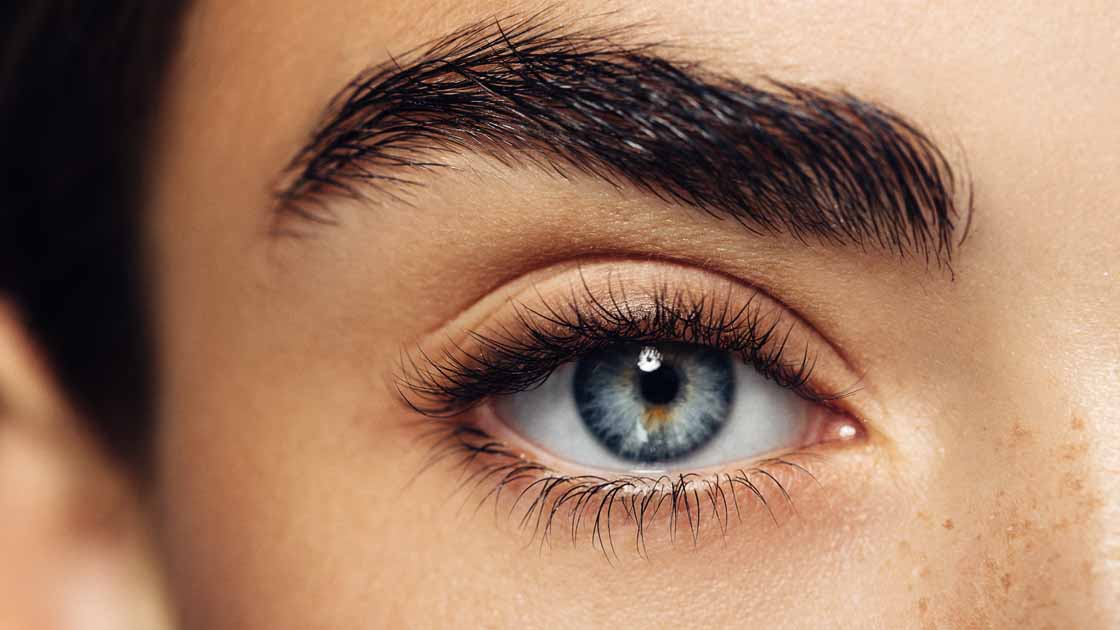
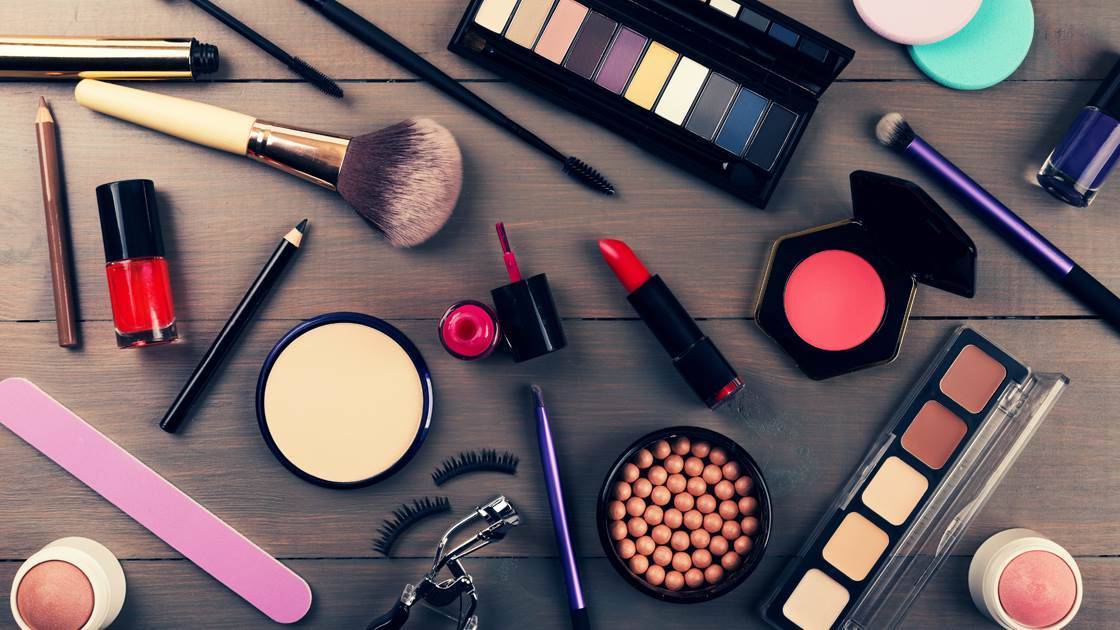
How do I apply foundation in a way that looks natural and doesn't accentuate fine lines but will give me a healthy glow?
Solution: After the age of 40, skin becomes thinner, making your complexion a bit duller and paler. "Foundation can add back colour and depth," says makeup artist Sandy Linter. As we start to approach menopause, oestrogen levels drop, which makes skin drier, so hydrating liquid formulas are best, says dermatologist Dr Natasha Mesinkovska.
Consider yellows and golds the universal foundation undertones of youth. "They're warming colours," giving skin a more youthful appearance, says dermatologist Jeannette Graf. Broken capillaries also start to pop up more often in ageing skin, and yellow or golden undertones can help balance out that redness.
"We associate full, defined brows with youth because everyone's brows are fuller when they're younger," says Linter. But they get sparser and can fade over time. Powder fills in thin areas and pumps up fading colour, but if you have bald spots in your brows, use a pencil first, then apply powder on top for more coverage.
How do I cover up dark circles and make my eyes pop?
Solution: When you were a kid, your cheeks had a permanent rosy glow. "But with age, the cheeks lose that flush because blood circulation to the skin becomes less active," says Graf. That means you can get away with using bolder shades that you may have shied away from before. Warm, bright tones like peaches and pinks flatter ageing skin better than dusty, muted colours, which offer little contrast against your natural tone.
Ultraviolet light, along with natural ageing, cause the collagen in lips to break down, which is why they tend to shrink and get dry with age. But a little bit of gloss can give them the appearance of hydration and plumpness. Apply a matte lipstick first to prevent feathering, and follow up with a couple of dabs of gloss in the centermost part of your pout.
Thickening, volumising formulas sound good in theory, but on older lashes, which tend to be thinner and lighter, they're just added weight. So start by using an eyelash curler and then apply a curling, lengthening mascara. Wiggle the wand at the base and push up as you apply for even more lift.
How do I make my eye shadow stay put?
Solution: You're starting to lose layers of superficial fat just beneath the surface of your skin, but that can be a good thing. "After 40, your cheekbones start to reveal themselves," says Linter. She recommends playing them up by applying blush along the tops of the cheekbones instead of just on the apples of your cheeks. If your cheekbones haven't quite started to pop, add a sweep of bronzer just underneath to make them stand out.
Your eyelids can shrink as the skin above them starts to droop, and "smaller eyelids get warmer," says Linter. That means you're at greater risk of having your eye shadow slide off. Eye primer will prevent a makeup meltdown, keep it from settling into fine lines and wrinkles, and mask imperfections like veins and age spots, which become more obvious as eyelid skin thins.
A few finishing sweeps help makeup stay put, and the newest formulas are translucent instead of ultramattifying. "Powder becomes a mistake only if you make your whole face shine-free," says Linter. So apply it to the nose, forehead, and chin, avoiding cheeks and the under-eye area, where it can cake and settle into fine lines.






